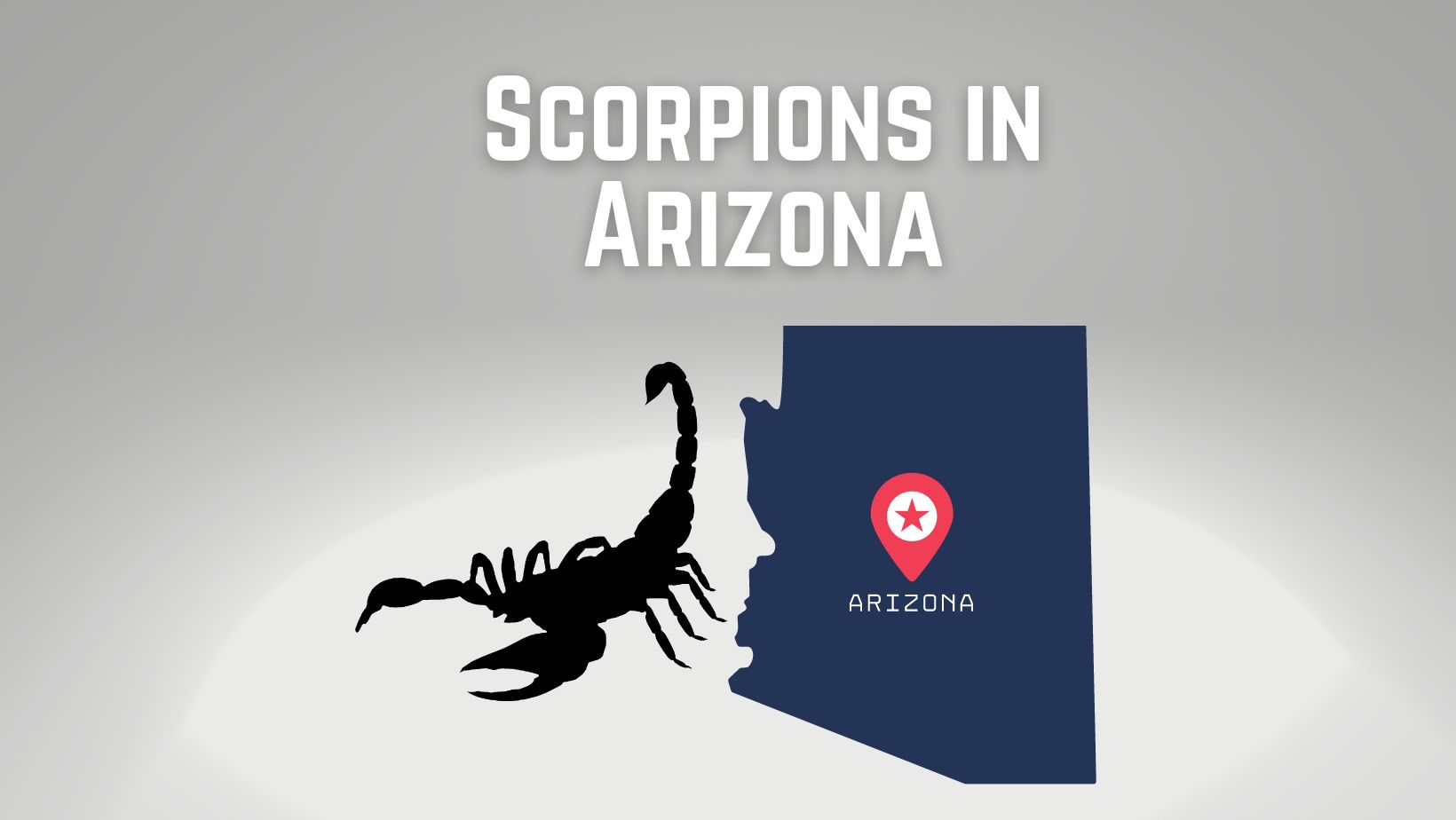Arizona, known for its diverse desert landscape, is home to a variety of scorpions. Among the numerous scorpion species found in the region, four stand out for their prevalence and encounters with humans: Arizona Striped Tail Scorpions, Arizona Bark Scorpions, Yellow Ground Scorpions, and Arizona Giant Hairy Scorpions. In this article, we will delve into each of these scorpions, exploring their habitats, behaviors, identification, and unique characteristics.
Arizona Striped Tail Scorpions
1.1 Habitat and Behavior
Arizona Striped Tail Scorpions, scientifically known as Paravaejovis spinigerus, can be found in various habitats throughout Arizona. They are commonly found in rocky areas, arid regions, and desert plains. These scorpions prefer to hide during the day and come out at night to hunt for prey. They are primarily solitary creatures, except during the mating season.
1.2 Identification and Characteristics
Arizona Striped Tail Scorpions have a distinctive appearance with a tan to reddish-brown coloration. They possess dark stripes on their backs, which give them their name. These scorpions typically measure around three inches in length, including their tail. While their venom is not considered highly dangerous to humans, their sting can cause localized pain and discomfort.
Arizona Bark Scorpions
2.1 Habitat and Behavior
Arizona Bark Scorpions, scientifically known as Centruroides sculpturatus, are one of the most common scorpions found in Arizona. They are highly adaptable and can thrive in various habitats, including urban areas. These scorpions prefer hiding in cool, sheltered places such as under rocks, logs, or inside buildings. They are nocturnal hunters and are known for their climbing abilities.
2.2 Identification and Characteristics
Arizona Bark Scorpions are light brown in color, with slender bodies and long, thin pincers. They have a distinct segmented tail that curls over their back. These scorpions measure around two to three inches in length. While their venom can cause intense pain and discomfort, it is usually not life-threatening to healthy adults, but it can be dangerous to children, the elderly, or individuals with compromised immune systems.
Yellow Ground Scorpions
3.1 Habitat and Behavior
Yellow Ground Scorpions, also known as Vaejovis confusus, are native to the southwestern United States, including Arizona. They inhabit a range of environments, from desert areas to grasslands and even mountainous regions. These scorpions are burrowers and are often found in soil, sand, or beneath rocks. They are nocturnal and emerge at night to search for prey.
3.2 Identification and Characteristics
Yellow Ground Scorpions have a yellowish-brown coloration and can measure up to two inches in length. They have robust pincers and a thick, segmented tail that ends with a venomous stinger. While their venom is not considered medically significant to humans, their sting can still cause pain and discomfort.
Arizona Giant Hairy Scorpions
4.1 Habitat and Behavior
Arizona Giant Hairy Scorpions, scientifically known as Hadrurus arizonensis, are the largest scorpions in North America. They are primarily found in desert regions across Arizona. These scorpions prefer sandy or gravelly habitats and are often encountered in open areas. They are nocturnal predators and rely on their keen sense of vibration to locate prey.
4.2 Identification and Characteristics
Arizona Giant Hairy Scorpions have a distinct appearance with a dark brown or black body and light brown pincers. They can grow up to five inches in length, making them one of the largest scorpion species in the region. Despite their intimidating size, their venom is considered mild and not typically dangerous to humans.
Conclusion
Encountering scorpions in Arizona is not uncommon due to the region’s unique desert ecosystem. Understanding the different scorpion species, such as the Arizona Striped Tail Scorpions, Arizona Bark Scorpions, Yellow Ground Scorpions, and Arizona Giant Hairy Scorpions, can help individuals navigate their surroundings with caution. While most scorpion stings result in localized pain and discomfort, it’s important to exercise care and seek medical attention if needed.
FAQs
- Are scorpions in Arizona dangerous?
Scorpions in Arizona can be venomous, but most species are not life-threatening to humans. However, individuals with allergies or compromised immune systems should exercise caution.
- How can I prevent scorpion encounters in my home?
To minimize scorpion encounters, ensure that your home is sealed, including gaps around doors and windows. Remove clutter and debris from the surroundings and regularly inspect your property.
- What should I do if I get stung by a scorpion?
If stung by a scorpion, clean the area with soap and water, apply a cold compress, and seek medical attention if you experience severe pain, allergic reactions, or other concerning symptoms.
- Can scorpions be beneficial to the ecosystem?
Yes, scorpions play a vital role in the ecosystem as they help control populations of other insects and pests.
- Are scorpions more active during a specific season?
Scorpions in Arizona are generally more active during warmer months, particularly in spring and summer, when temperatures are favorable for their activity.
